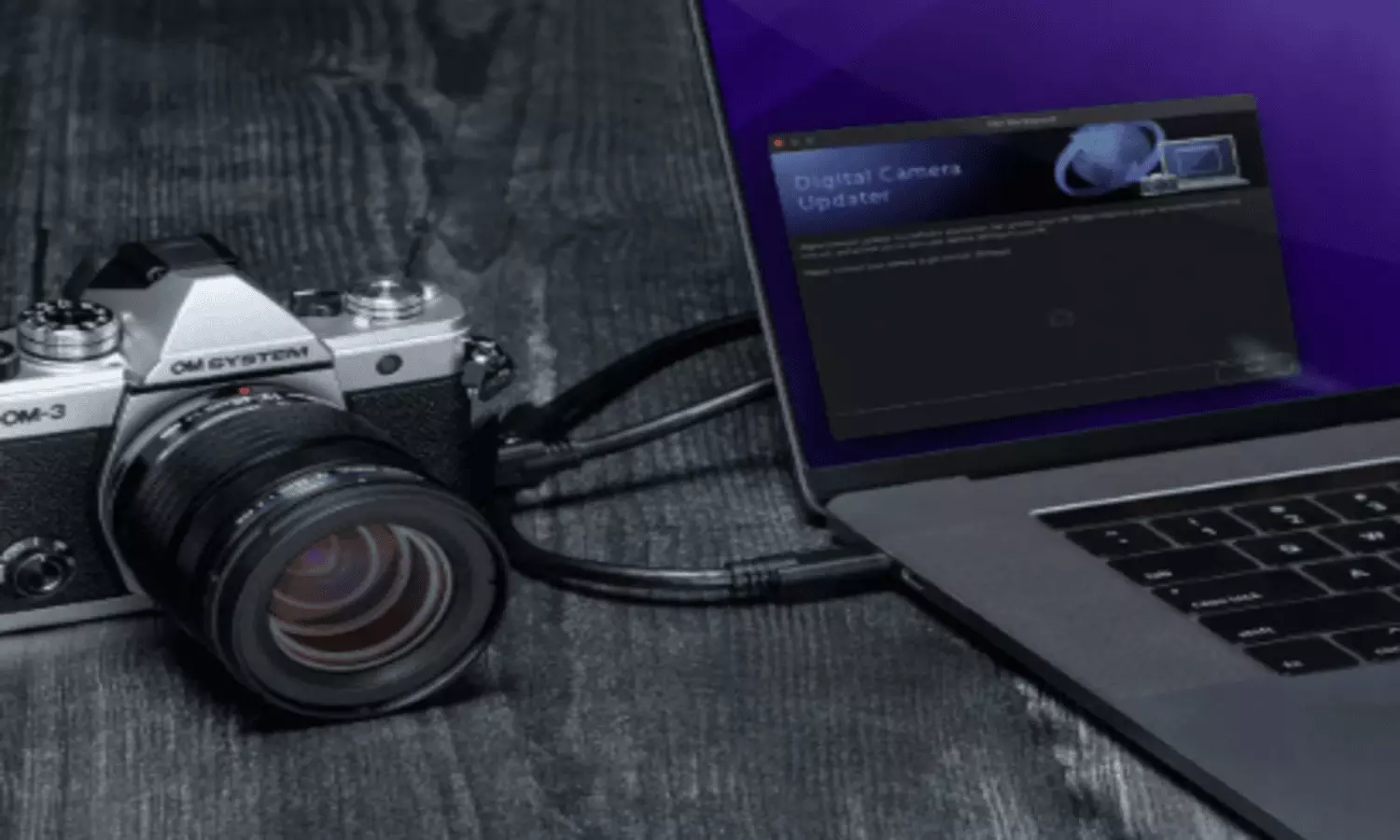OM System OM-3 Launches with Retro Design & Advanced Features
OM Digital Solutions launches OM System OM-3, fusing retro design with modern mirrorless camera tech. Discover its features, pricing, and availability.
image for illustrative purpose

OM Digital Solutions has officially announced the launch of the OM System OM-3, a camera that merges vintage aesthetics with contemporary performance. The new model draws inspiration from the Olympus OM-1 film camera while incorporating advanced features found in the OM System OM-1 Mark II Micro Four Thirds mirrorless camera.
The OM-3 retains the signature angular pentaprism design reminiscent of the classic OM-1 film camera from the 1970s. The camera's metal top plate features four dials, allowing users to toggle between stills and video recording, adjust shooting modes, and fine-tune exposure settings. Despite its retro appearance, the OM-3 integrates a 3.0-inch vari-angle touchscreen display, offering a balance between nostalgic design and modern functionality.
A key addition is the Color Profile control dial, a feature last seen in the Olympus PEN-F. This dial enables quick access to customizable color and monochrome profiles, providing photographers with extensive creative control. Users can adjust the saturation of 12 independent color channels, modify highlights and shadows, and apply filter effects to black-and-white images for enhanced depth and tone.
Specifications and Performance
The OM System OM-3 measures 139.3mm in width, 88.9mm in height, and 45.8mm in depth, making it slightly wider yet thinner than the OM-1 Mark II. It weighs 496 grams, including the battery and memory card, making it lighter than its flagship counterpart.
Internally, the OM-3 shares the same 20.37-megapixel stacked BSI Live MOS image sensor and TruePic X image processor as the OM-1 Mark II. The camera supports continuous shooting at up to 120 frames per second with locked focus and 50 frames per second with full autofocus when using compatible lenses. The autofocus system consists of 1,053 cross-type phase-detection points, ensuring fast and precise subject tracking.
Differences from OM-1 Mark II
Although the OM-3 shares its core imaging technology with the OM-1 Mark II, several distinctions set them apart. The OM-3 features a single UHS-II SD card slot, unlike the dual slots in the OM-1 Mark II. Its in-body image stabilization system provides 6.5 stops of compensation, compared to the OM-1 Mark II’s 8.0 stops. The electronic viewfinder resolution is also lower at 2.36 million dots, compared to the 5.76 million-dot EVF in the OM-1 Mark II.
Despite these differences, both cameras offer a 1.62-million-dot 3.0-inch vari-angle LCD screen and an IP53-rated weather-sealed body for durability in various conditions.
Advanced Features and Video Capabilities
The OM-3 includes computational photography features such as High-Res Shot (80-megapixel tripod mode and 50-megapixel handheld mode), Live ND, Live GND, HDR, Focus Stacking, and Multi Exposure. These functions can be accessed via a dedicated computational photography button and control dial.
For videographers, the OM-3 supports C4K recording at up to 60p, log recording, and external RAW output. New creative video profiles, OM Cinema 1 and OM Cinema 2, offer an 8-bit cinematic look without requiring extensive post-processing.
Pricing and Availability
The OM System OM-3 will be available for purchase in late February. The camera body alone is priced at $1,999.99 in the United States and $2,799.99 in Canada. A kit that includes the OM-3 body and the M.Zuiko Digital ED 12-45mm f/4 Pro lens will be sold for $2,299.99 in the U.S. and $3,199.99 in Canada.

